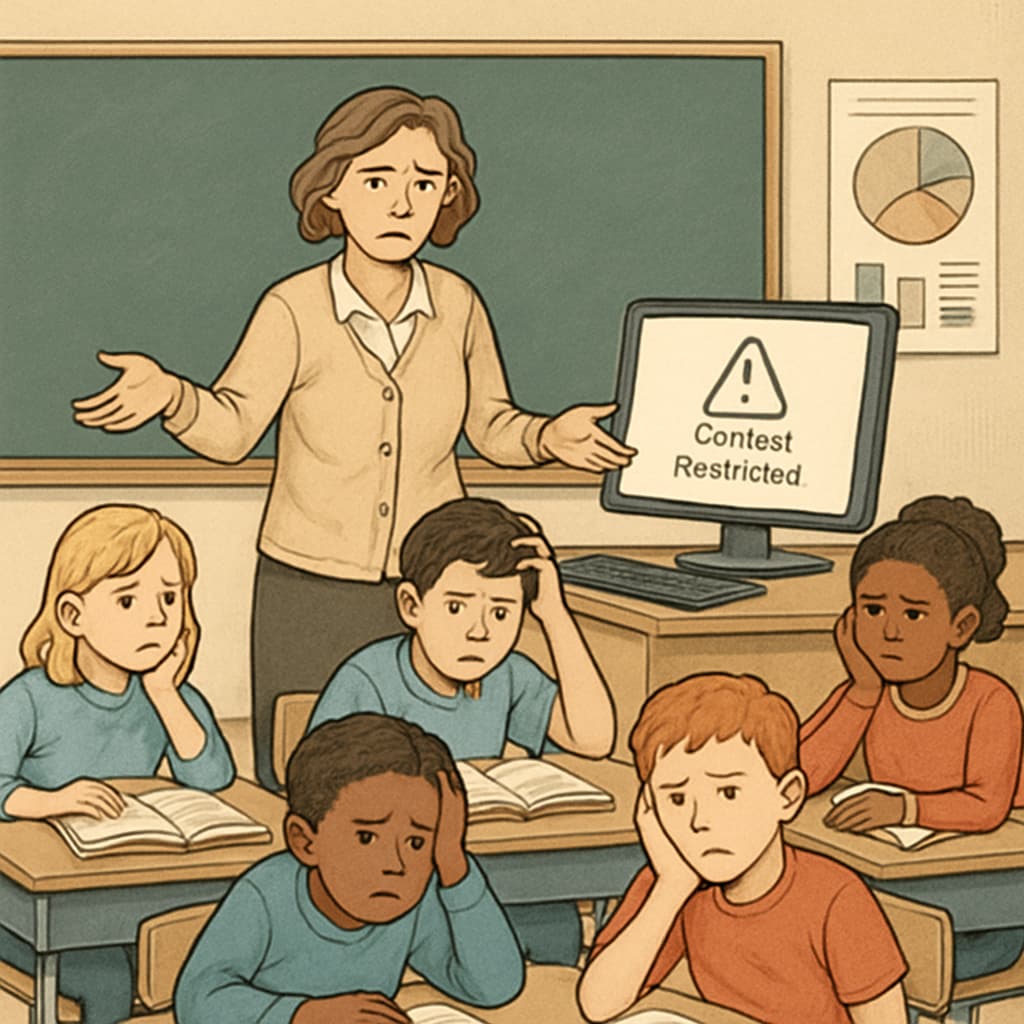Recent age verification laws implemented by various U.S. states have sparked significant debate over their implications for internet accessibility and information freedom. These laws, designed to shield minors from harmful online content, introduce strict content restrictions and network censorship measures. While their intent is commendable, their unintended consequences on K12 education deserve closer scrutiny. For students, these measures risk creating digital walls that block access to essential educational resources, undermining the very principles of equitable learning.
Unpacking the Purpose of Age Verification Laws
Age verification laws primarily aim to restrict minors’ exposure to inappropriate or harmful online content, such as explicit material or online gambling. By requiring websites to verify users’ ages before granting access, lawmakers hope to foster safer online environments for young individuals. However, these laws often employ broad definitions of “harmful content,” which inadvertently ensnare legitimate educational materials and resources.

In addition, the implementation of these laws frequently involves automated systems or third-party verification services, which may not distinguish between harmful content and legitimate learning tools. For example, websites offering information on health education, literature analysis, or historical archives may be flagged and restricted simply because their content touches on sensitive topics. This indiscriminate blocking can limit students’ access to vital knowledge.
Challenges for K12 Education in the Digital Age
The impact of age verification laws on K12 education is particularly concerning. Schools increasingly rely on digital platforms to complement traditional teaching methods, offering resources ranging from interactive learning modules to online libraries. However, these platforms may be subject to the same verification requirements as commercial websites, leading to unexpected barriers for students and educators.

For example:
- Health and safety education websites addressing topics like mental health, sexual education, and substance abuse prevention may be blocked under overly broad content criteria.
- Historical archives containing primary source documents might be restricted if they include controversial or sensitive materials.
- Literature and arts platforms discussing mature themes could face unnecessary hurdles, despite their academic relevance.
As a result, the laws risk creating a “digital divide” where students from schools with fewer resources or less technical support face disproportionate obstacles accessing critical information.
The Ethical Dilemma: Balancing Protection and Access
Age verification laws raise an ethical question: How can society protect minors without compromising their right to access knowledge? This dilemma becomes even more pronounced in the context of education, where access to diverse perspectives and comprehensive learning materials is essential for intellectual growth.
Critics argue that overzealous content restrictions amount to a form of network censorship, curbing students’ ability to explore complex or controversial subjects. On the other hand, proponents believe these measures are necessary to shield young minds from potential harm. Striking a balance between these competing priorities is no small task, but it is a challenge lawmakers must address to ensure education remains inclusive and unhindered.
Potential Solutions to Mitigate Negative Impacts
To prevent the unintended consequences of age verification laws on K12 education, several approaches can be considered:
- Developing exceptions for educational content: Websites and platforms offering verified academic materials could be exempt from age verification requirements.
- Improving content filtering systems: Advanced algorithms capable of distinguishing between harmful content and legitimate educational resources would reduce unnecessary restrictions.
- Collaborating with educators: Policymakers can work closely with teachers and administrators to identify resources that should remain accessible despite sensitive subject matter.
These measures would help ensure that the protective intent of age verification laws does not inadvertently hinder the educational mission of schools and educators.
Conclusion
Age verification laws, content restrictions, and network censorship are reshaping the digital landscape, with significant implications for K12 education. While the goal of protecting minors is vital, the unintended consequences of these measures risk undermining students’ access to critical learning resources. Addressing this issue requires thoughtful collaboration between lawmakers, educators, and technology experts to strike a balance between safety and information freedom. Only then can we ensure that the digital age truly supports equitable and comprehensive education for all.
Readability guidance: This article uses short paragraphs, lists, and a clear structure to enhance readability. Overuse of passive voice and overly long sentences is avoided, ensuring clarity and engagement.


